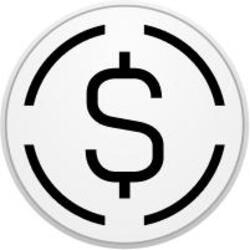Fg Trade | E+ | Getty Images

Meanwhile, J.P. Morgan raised its odds for a U.S. and global recession to 60%, by year end, up from 40% previously.
“Disruptive U.S. policies has been recognized as the biggest risk to the global outlook all year,” J.P. Morgan strategists said in a research note on Thursday.
Allianz’s Chief Economic Advisor Mohamed El-Erian also warned on Friday that the risk of a U.S. recession “has become uncomfortably high.”
‘There is some nervous energy’
“There is some nervous energy there,” said certified financial planner Douglas Boneparth, president of Bone Fide Wealth in New York, of the conversations he is having with his clients.
Even though stocks took a beating on Friday, “we advise them to focus on fundamentals and what they can control, which means maintaining a strong cash reserve and discipline around cash flow so that they can stay in the market and feel confident about taking advantage of buying opportunities,” said Boneparth, a member of the CNBC Financial Advisor Council.
More from Personal Finance:
Tariffs are ‘lose-lose’ for U.S. jobs and industry
Why uncertainty makes the stock market go haywire
Americans are suffering from ‘sticker shock’ — how to adjust
Recession or not, maintaining a consistent cash flow and investment strategy is key, other experts say.
“The best way to manage these moments is to maximize your current and future selves is to block out noise that doesn’t apply to your plan,” said CFP Preston Cherry, founder and president of Concurrent Financial Planning in Green Bay, Wisconsin.
Letting emotions get in the way is one of “the greatest threats to life and money plans,” said Cherry, who is also a member of the CNBC Advisor Council.
When it comes to volatility tolerance, sharp drops in the market are to be expected, the advisors say.
“The stock market is unpredictable, but historically, there’s a trend in how the market recovers,” Cherry said.
“In years with market corrections and pullbacks, these are the worst days, which are followed by the best days,” he added.
In fact, the 10 best trading days by percentage gain for the S&P 500 over the past three decades all occurred during recessions, often in close proximity to the worst days, according to a Wells Fargo analysis published last year.
“Being out of the market and missing the best days and cycles after recessions significantly hurt portfolios in the long run,” Cherry said.
Boneparth said his clients also “know volatility and uncertainty is part of the game and, most importantly, know not to sell into chaos.”
Subscribe to CNBC on YouTube.











































